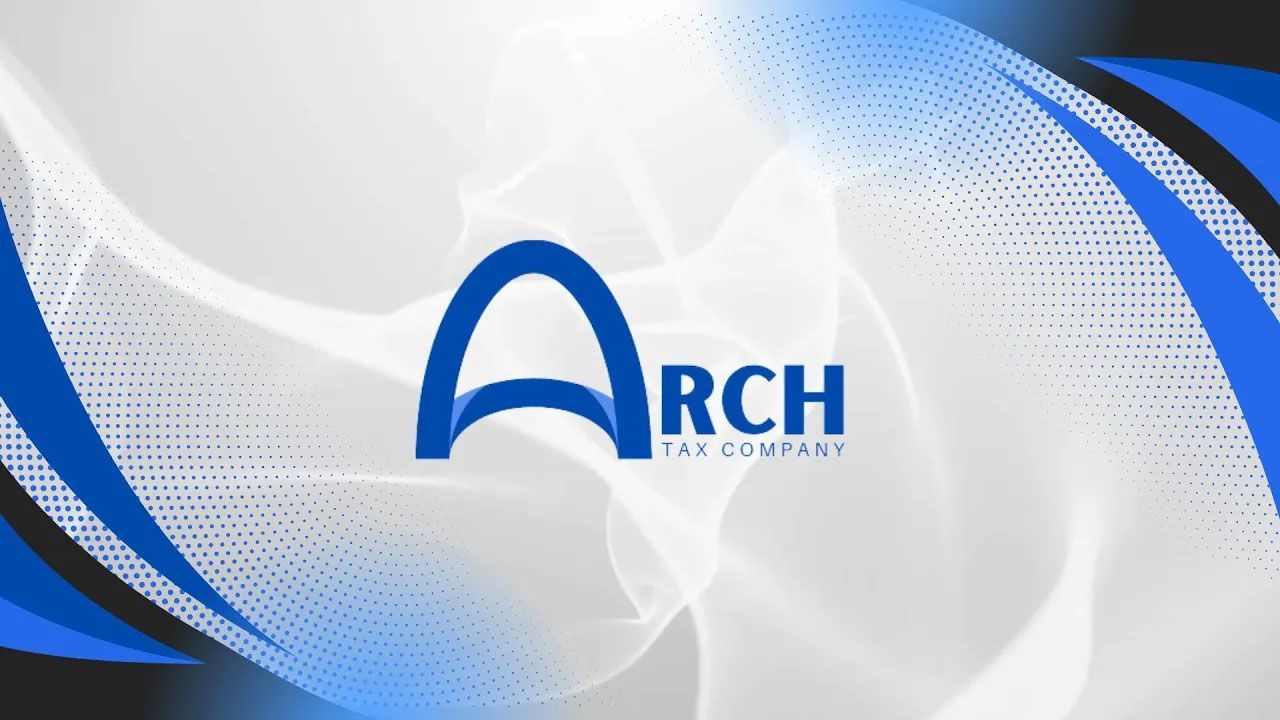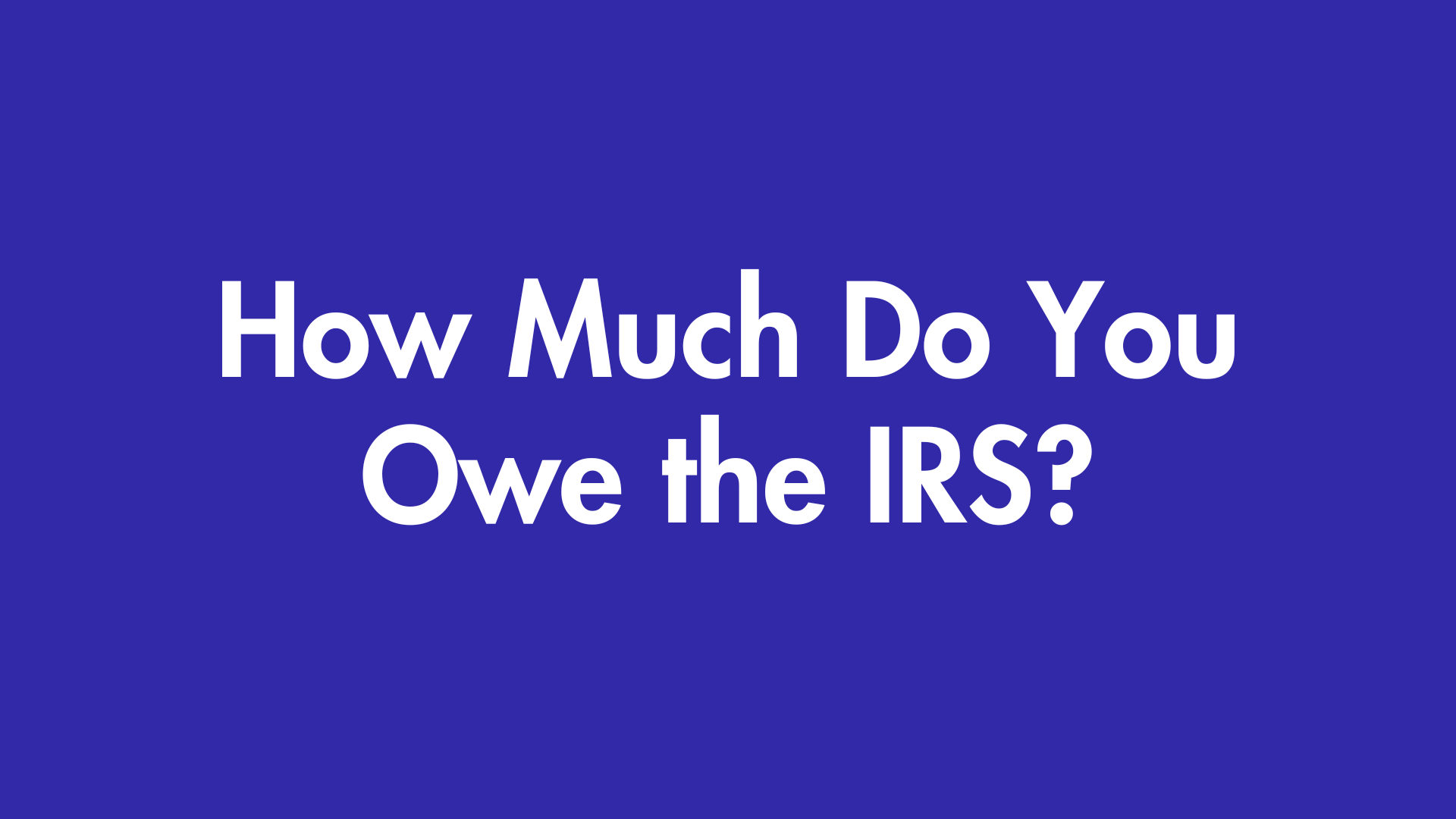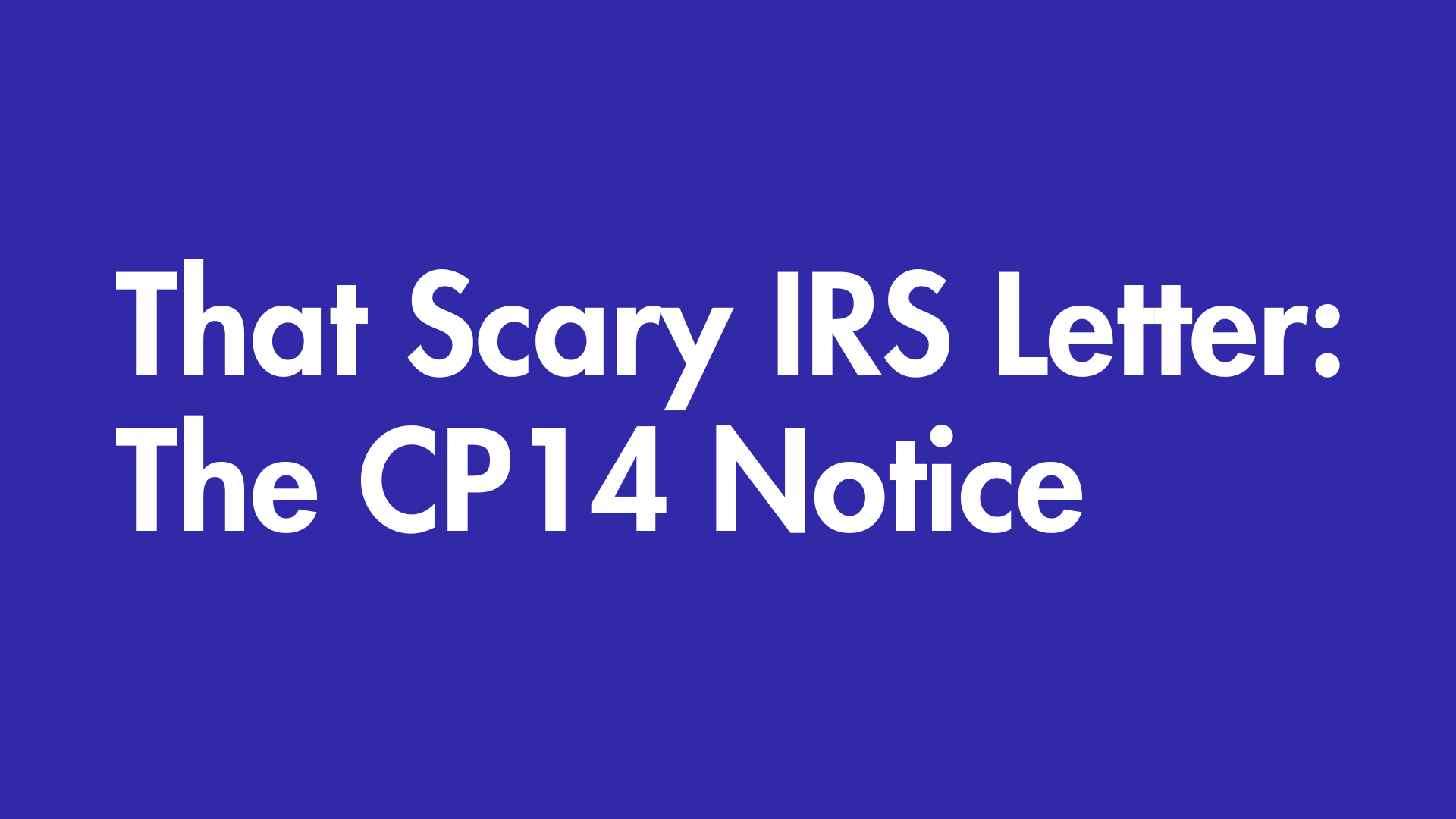IRS Offer in Compromise: Patience Required
IRS Offer in Compromise Timelines: Patience Required
What Is an Offer in Compromise?
An Offer in Compromise is the IRS’s version of a settlement agreement. If paying your full tax balance would cause financial hardship, you may qualify to settle for a reduced amount.
But here’s the catch: approval isn’t automatic. The IRS reviews your income, expenses, assets, and overall ability to pay before making a decision. In fact, acceptance rates are relatively low, which makes understanding the process — and the timeline — crucial.
The OIC Timeline: Step by Step
1. Pre-Qualification (a few days)
Before you even apply, you’ll want to confirm eligibility. The IRS has a Pre-Qualifier tool that checks basics like:
- Are all your tax returns filed?
- Are your estimated payments up to date?
- Are you free of bankruptcy proceedings?
This quick step can save you months of wasted time later.
2. Filing the Application (2–6 weeks)
Next, you’ll file Form 656 (Offer in Compromise) along with Form 433-A (individuals) or 433-B (businesses). These forms require complete financial disclosure — every bank account, asset, expense, and debt.
You’ll also submit:
- A non-refundable application fee
- An initial payment (for lump-sum offers)
Gathering documents is often the most time-consuming part for taxpayers. A tax professional can help speed things up, but expect a few weeks to pull everything together.
3. IRS Review (6–12 months or more)
Once submitted, your file heads to an IRS examiner. This is the longest stage of the process. Most cases take 6–12 months to review, but complicated financial situations or IRS backlogs can stretch it to 18 months or longer.
During this time, the IRS may request additional information. Responding quickly is key — delays on your end can push your case back in the line.
4. IRS Decision (weeks to months)
When the review is complete, the IRS will either:
- Accept your offer
- Reject your offer (you can appeal)
- Make a counteroffer for a higher settlement amount
This phase typically takes several weeks, but an appeal can extend the process another 6–12 months.
5. Payment of Accepted Offer (up to 24 months)
If approved, you’ll pay either:
- A lump sum within 5 months, or
- Monthly installments over a maximum of 24 months
The relief is real, but the payment phase adds time before your tax debt is officially behind you.
Factors That Slow Down the OIC Timeline
- Complex finances (multiple assets, businesses, or income sources)
- IRS backlog (especially after tax season or during staffing shortages)
- Incomplete applications (missing forms or incorrect info)
- Requests for more documentation
- Appeals (if your offer is rejected and you challenge it)
How to Speed It Up
While you can’t control the IRS’s workload, you can keep things moving by:
- Submitting a
complete and accurate application the first time
- Responding to IRS requests
immediately
- Working with a tax professional who knows the OIC process inside and out
Alternatives If You Can’t Wait
Not everyone qualifies for an OIC — and not everyone wants to wait a year or more for approval. Other IRS programs include:
- Installment Agreement: Pay in manageable monthly payments.
- Currently Not Collectible (CNC): Temporarily stop IRS collections if you can’t pay anything right now.
Bottom Line
The IRS Offer in Compromise is one of the most powerful forms of tax relief available — but it’s not quick. Most taxpayers wait 6–12 months, and some wait longer. If you’re considering this route, plan for delays and don’t go it alone.
At Arch Tax, we’ve helped countless clients prepare successful OIC applications and avoid the traps that lead to delays or denials. If you’re ready to explore whether you qualify — and want help navigating the timeline — reach out today.








